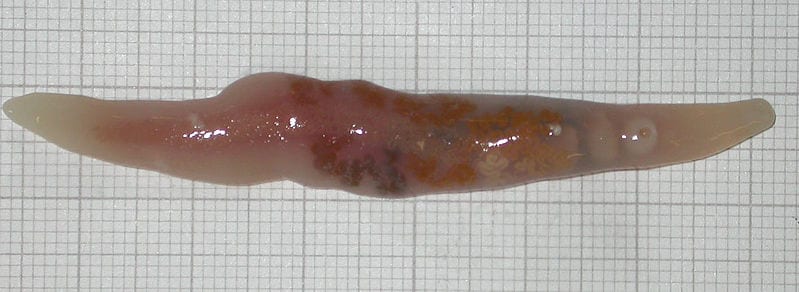Typhoid Mary – the woman still infamous in our culture for wantonly spreading typhoid fever in the early 1900's. Newspapers of the time painted her as a villain. However, Mary Mallon, the woman behind the headlines, was more the victim of the circumstances of her birth, her biology, and the culture of medical science. The medical culture that still, in its rush to serve the greater good, ignores the people who most need its service.
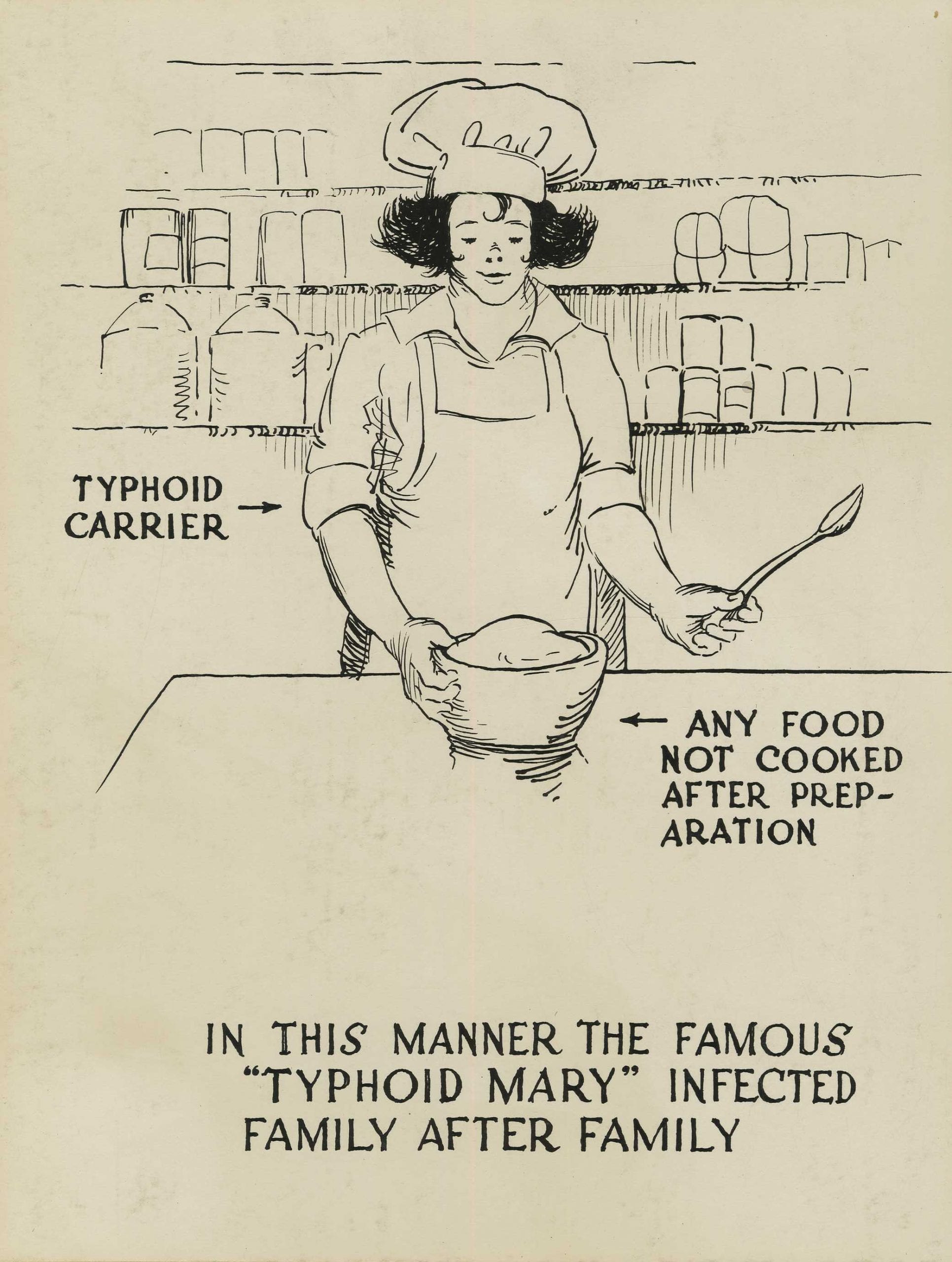
As a fifteen-year-old immigrant from one of the poorest villages in Ireland, Mary Mallon had few options but to work long hours in the most menial of domestic jobs. She was eventually recognized as a talented cook and secured one of the highest paying jobs a woman of her station could expect: the head cook for a wealthy New York banker and his family. There, she often prepared her signature dish: peaches and homemade ice cream.
After six of the eleven members of the affluent family became ill with typhoid, the family hired up-and-coming sanitation expert Dr. George Soper to investigate the cause of the outbreak. Soper was well aware of the new research surrounding the phenomena of “healthy carriers,†where a seemingly healthy person could still spread disease. When none of the normal sources of typhoid tested positive for the bacteria, he realized the source could only be one thing: the cook, whose favorite dish and its juicy, raw peaches were the perfect vector for the deadly bacteria. Dr. Soper, on the verge of a career-making discovery of the first healthy carrier of typhoid in America, burst into Mary Mallon's kitchen and demanded a sample of her stool.
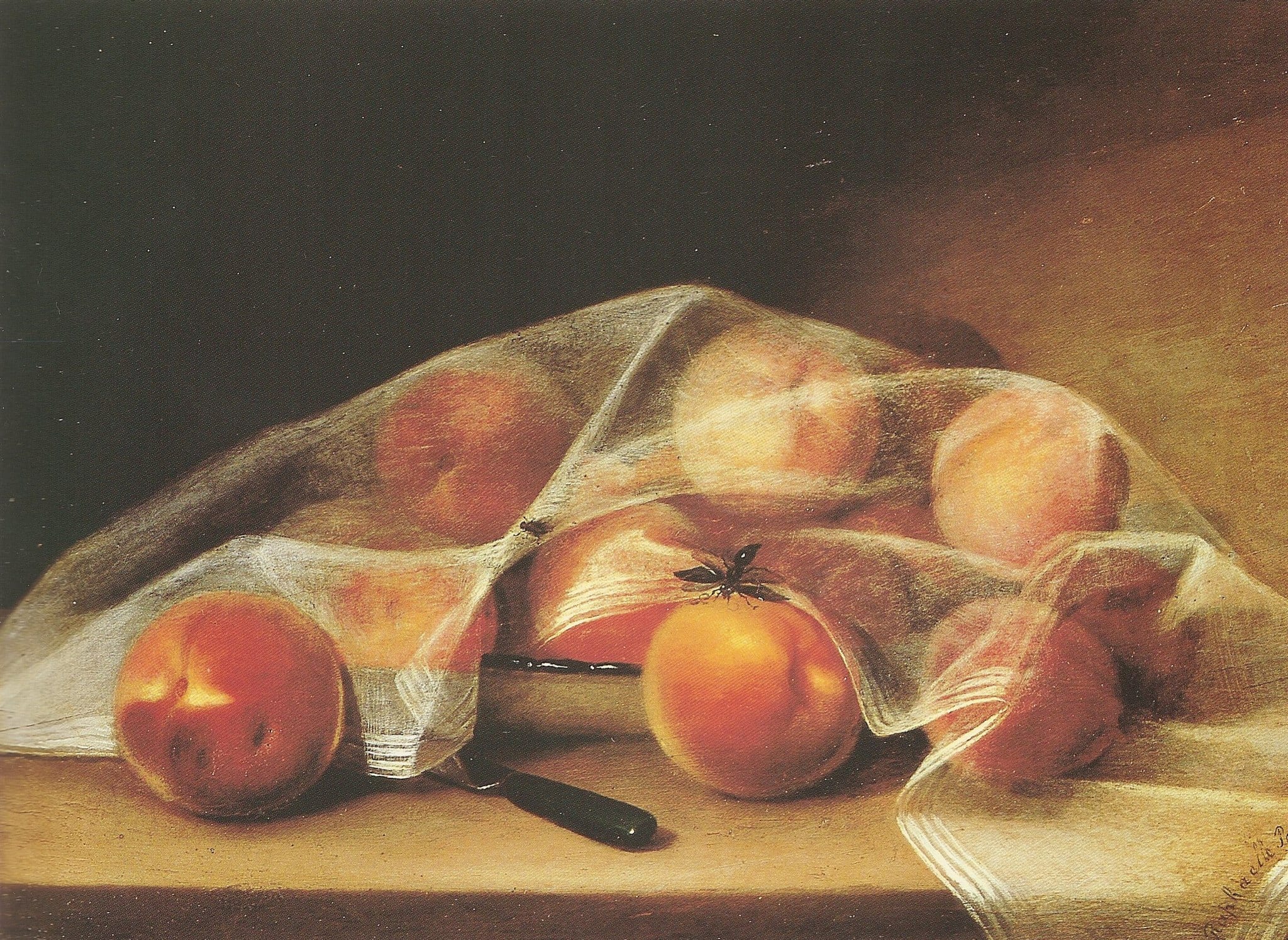
Now, I certainly cannot blame Mary Mallon for reacting strongly, allegedly violently, to oppose Dr. Soper's request. At the time, diseases, in general, were largely understood by the public as a moral failing: something associated with poor upbringing, poverty, and dirt. Mary Mallon, who was the picture of health, naturally assumed that Dr. Soper was perpetuating the rampant racism against Irish immigrants by accusing her of spreading this deadly disease. She likely believed that this was yet another case where the educated, wealthy elite assumed that because she was a poor immigrant woman she was, by her nature, filthy.
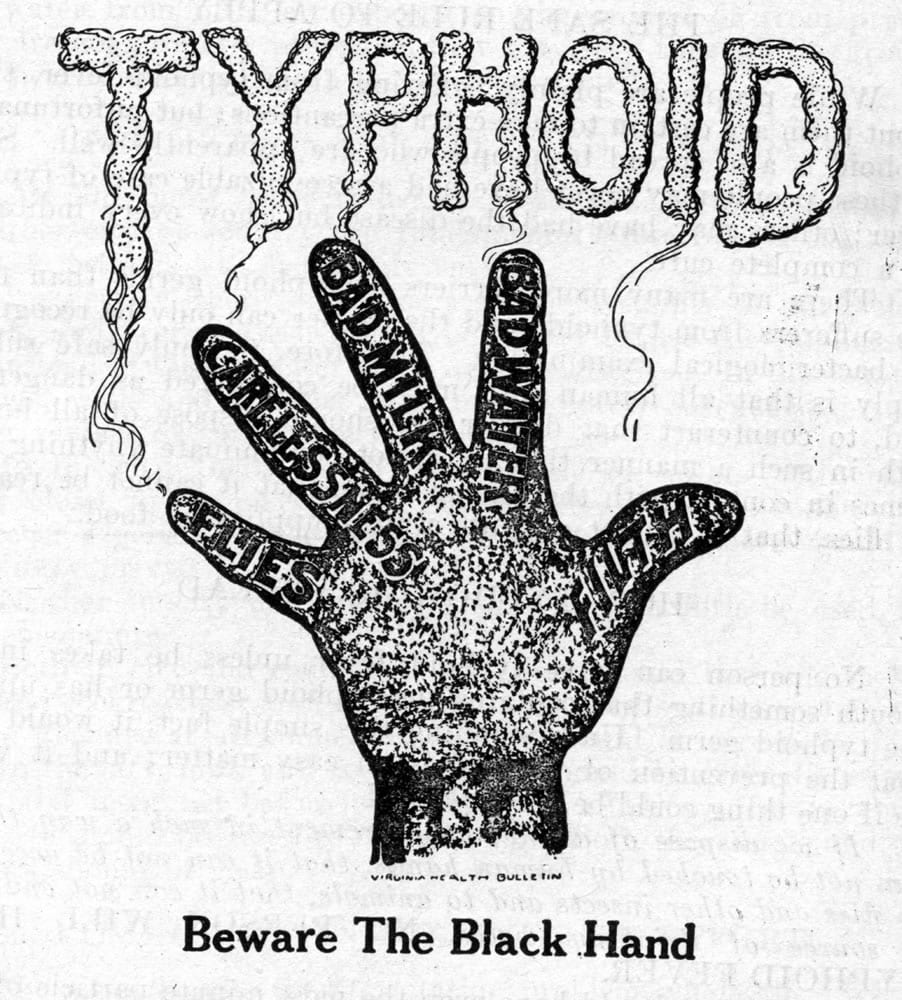
This story ends with Mary Mallon forcibly removed from her dwelling and imprisoned in a tuberculosis quarantine ward after unintentionally infecting dozens of people. For the rest of her remaining 23 years, she vehemently denied spreading the disease. It must have been incredibly difficult for her to accept responsibility for infecting people she probably cared for, particularly because she had no context to understand her unique carrier status.
Mary Mallon's story is just one example of how medical science underserves marginalized populations. If Mary Mallon had been the daughter of the wealthy banker, instead of his cook, her tale would likely have a very different ending. The current management of infectious diseases still echoes this pattern.
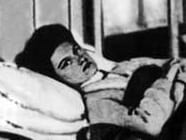
Ebola outbreaks serve as an example of this trend and also demonstrate a solution. The 2014 outbreak was a catastrophic failure by the World Health Organization to contain the spread of the disease and caused an immense amount of human suffering that was largely avoidable. One of the primary causes of this failure was a breakdown of trust between health care officials and the local population. This event put into perspective the necessity of developing socially-sensitive solutions to epidemics. Earlier this summer, an Ebola outbreak in western Congo was very quickly contained. This success was not only due to the development of an effective vaccine but to the amazingly successful public health campaign utilized for its distribution. By learning from and working with marginalized communities, we can find ways to prevent epidemic outbreaks, improve health outcomes for those most at risk, and prevent tragedies like the one experienced by Mary Mallon from ever reoccurring.
For more information about Typhoid Mary, listen to Stuff You Should Know's excellent podcast: The Wind Cries Typhoid Mary.
About the Author
Megan Tomamichel is a PhD student in the Odum School of Ecology at the University of Georgia. She studies aquatic disease ecology and is working to understand the causes of deadly disease outbreaks that threaten the world's fisheries. Her favorite past times are aquarium building, hiking, drinking too much coffee and dreaming up names for future pets. You can reach her at Megan.Tomamichel@uga.edu
- Megan Tomamichelhttps://athensscienceobserver.com/author/megan-tomamichel/November 30, 2021
- Megan Tomamichelhttps://athensscienceobserver.com/author/megan-tomamichel/October 29, 2020
- Megan Tomamichelhttps://athensscienceobserver.com/author/megan-tomamichel/March 26, 2020
- Megan Tomamichelhttps://athensscienceobserver.com/author/megan-tomamichel/November 18, 2019





